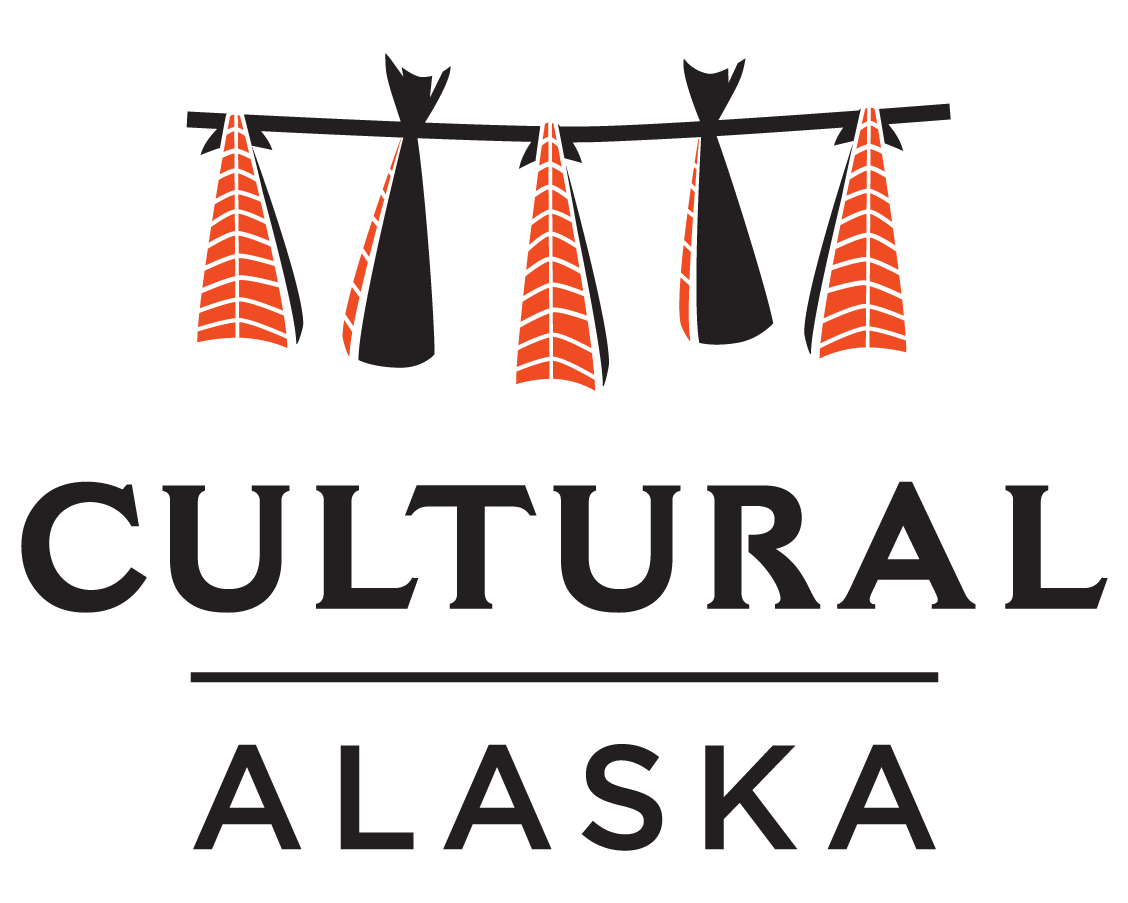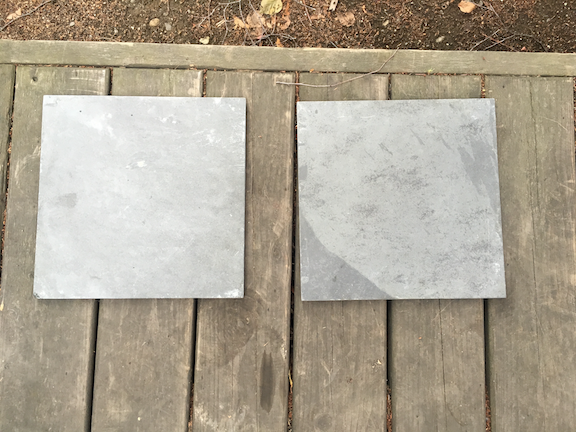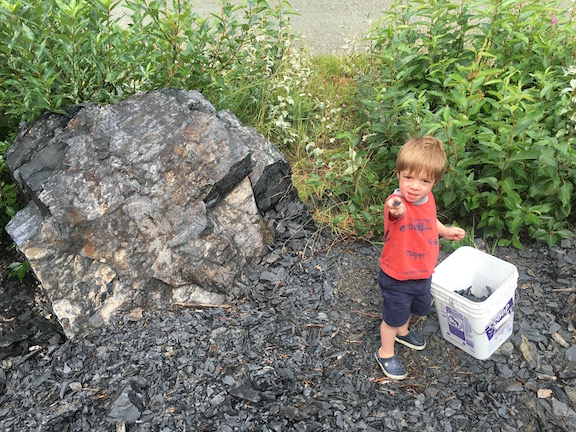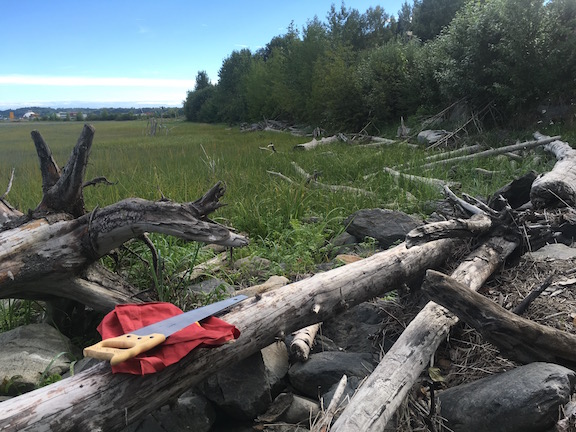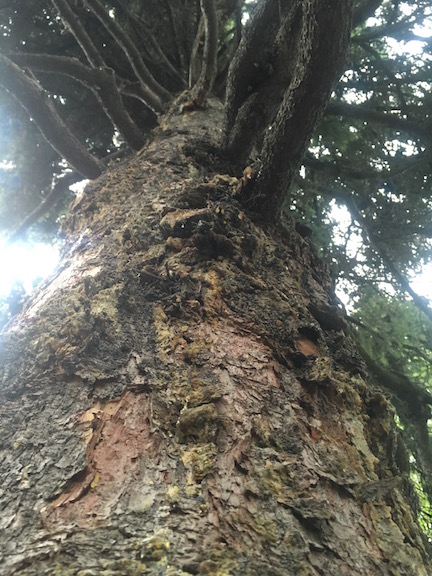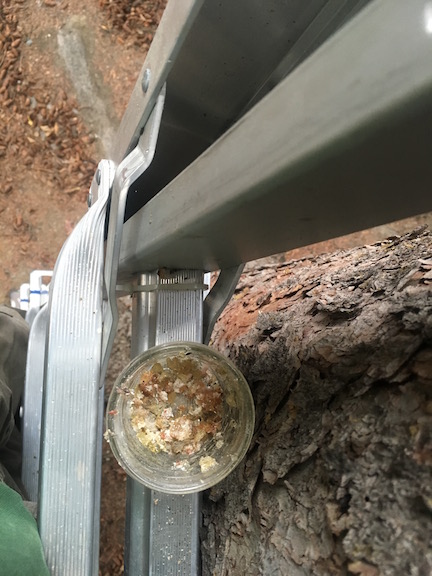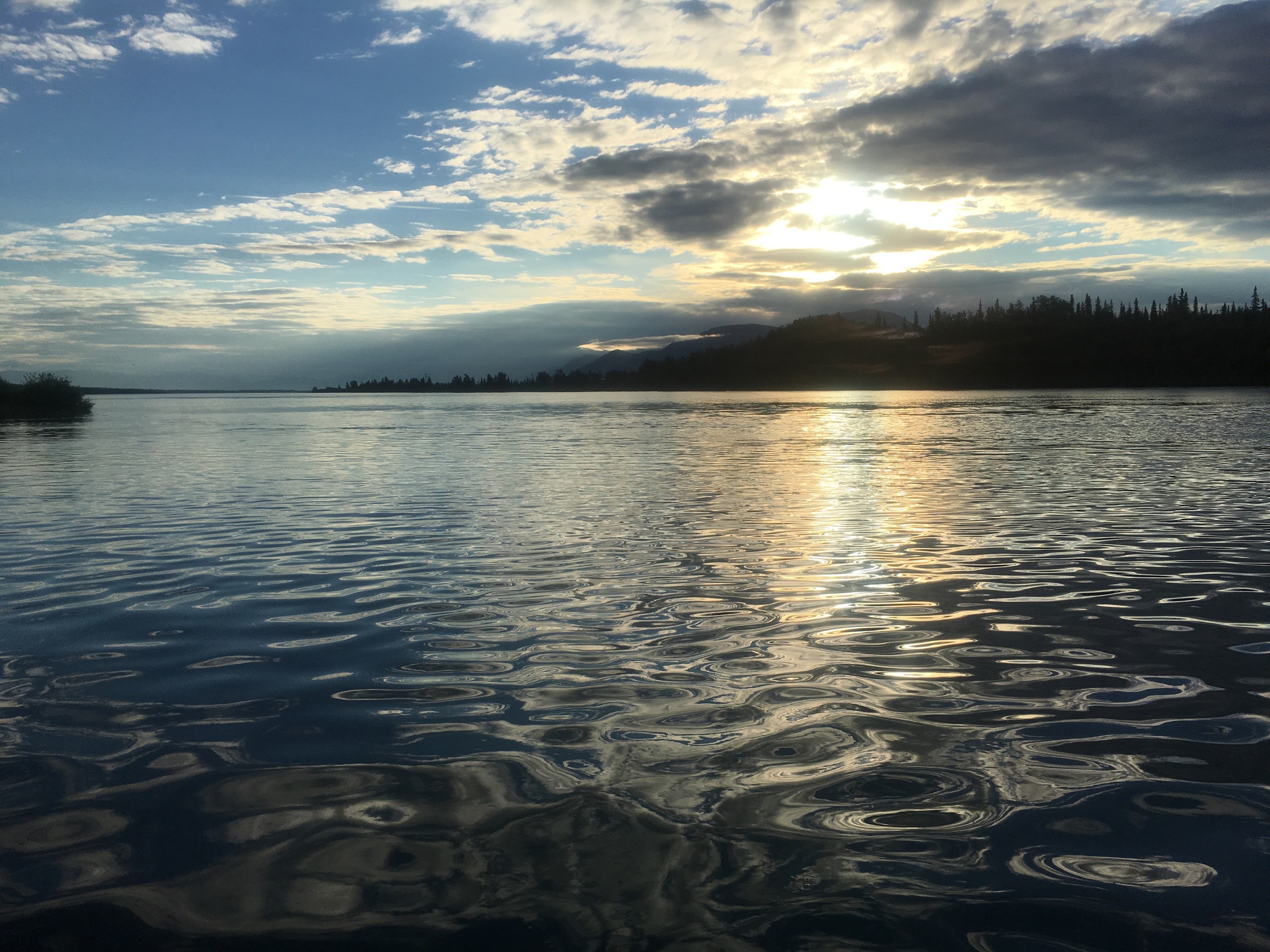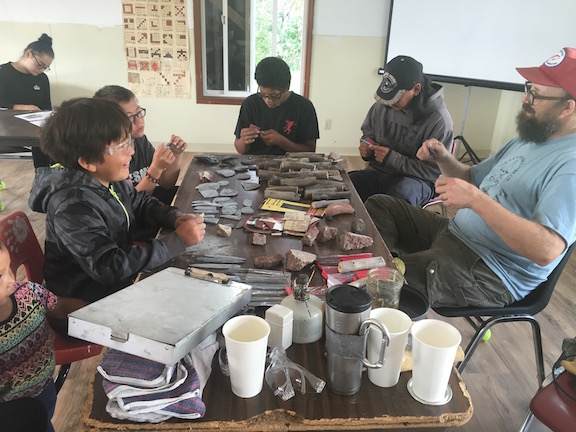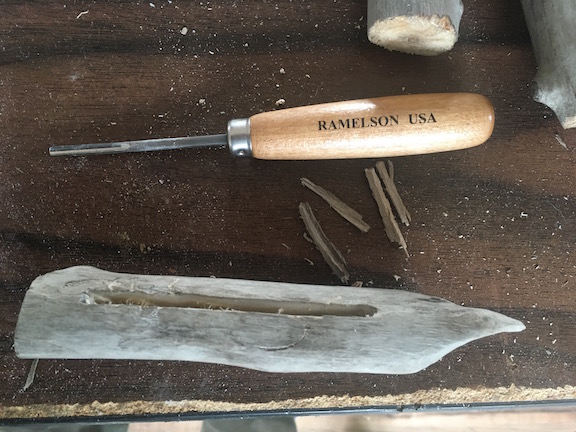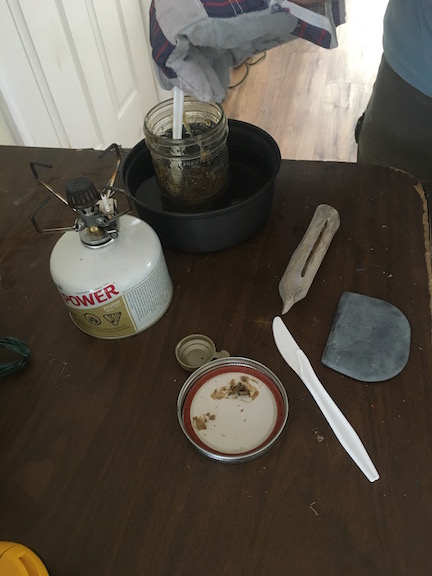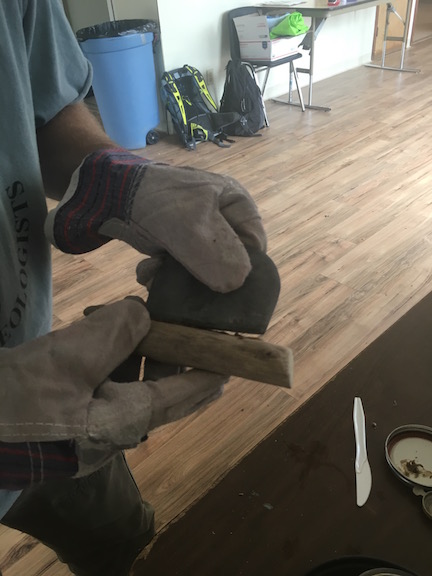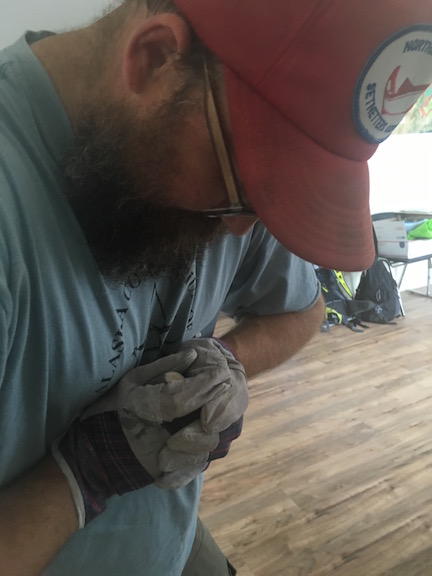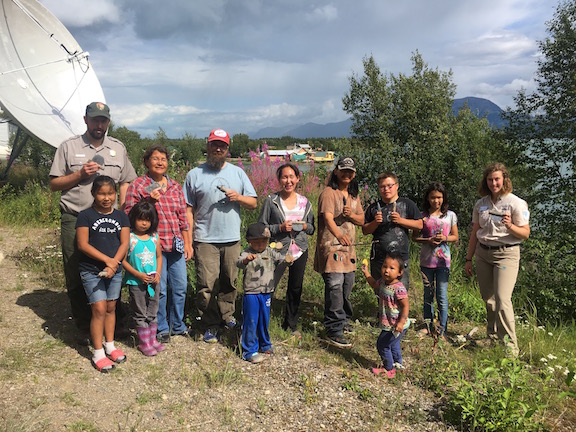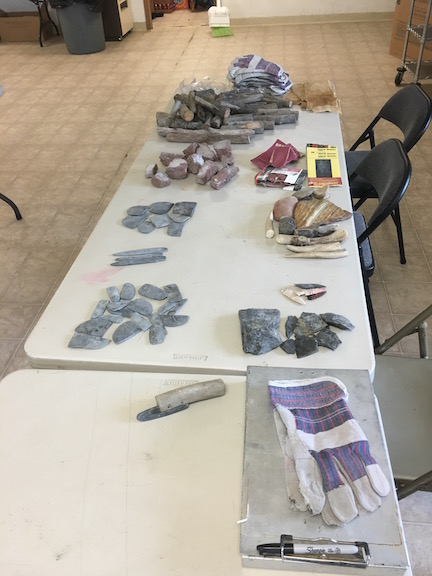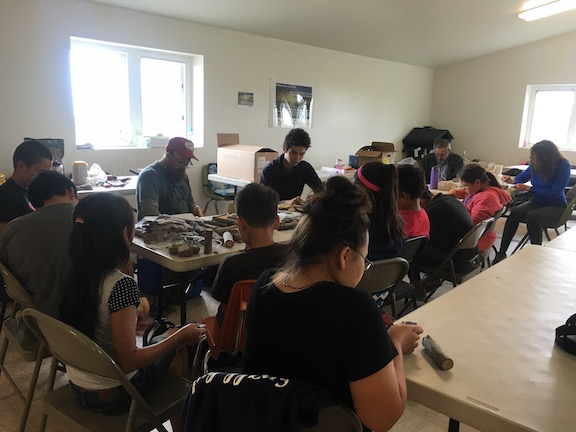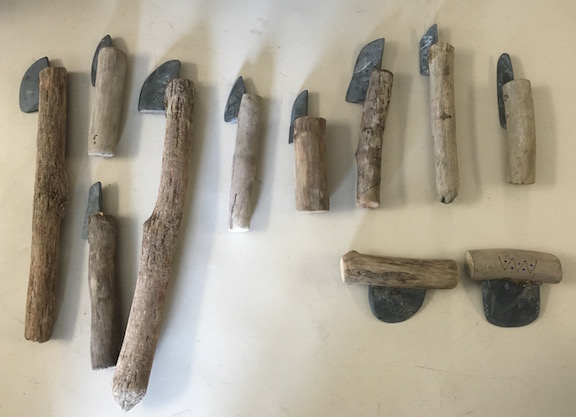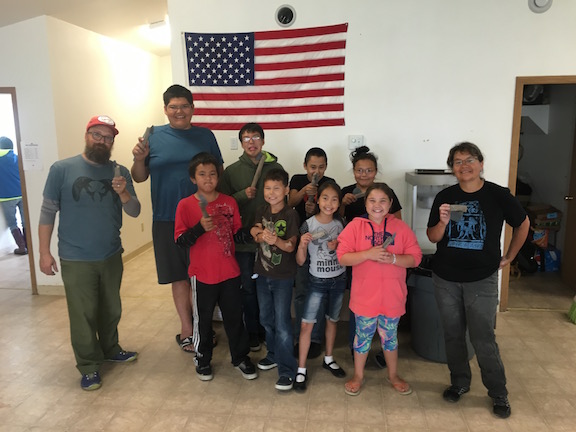Back in May of this year, I provided comments to the Bureau of Ocean Energy Management (BOEM) regarding their Outer Continental Shelf (OCS) Oil and Gas Leasing Program 2017-2022 Draft Programmatic Environmental Impact Statement (EIS). On November 18th, BOEM finalized their EIS. This programmatic EIS examined potential impacts and benefits of offshore oil and gas exploration and development resulting from federal lease sales in Cook Inlet, the Chukchi Sea, the Beaufort Sea, and the Gulf of Mexico Program Areas. As a result of the EIS process, BOEM canceled offshore lease sales in the Chukchi and Beaufort seas, which is the Planning Area my comment addressed.
My comment, which I have reposted below, addressed the limited definition of cultural resources that BOEM was using for their EIS process:
I am providing comment to voice my concerns on the narrow focus of cultural resources considered in the Beaufort and Chukchi Program Areas by the Bureau of Ocean Energy Management (BOEM) in their 2017-2022 Outer Continental Shelf Oil and Gas Leasing Program 2017-2022 Draft Programmatic Environmental Impact Statement. Cultural resources include more than archaeological sites, old buildings, and shipwrecks. Cultural resources are the “broad array of stories, knowledge, people, places, structures, and objects, together with their associated environment, that contribute to the maintenance of cultural identity and/or reveal the historic and contemporary human interactions with an ecosystem” (Ball et al. 2015:28). This includes tangible and intangible heritage such as cultural uses of the natural environment, religious practices, spiritual places, community values, historical documents, Native American cultural items, and archaeological, historical, and scientific data (King 2000).
In Section 4.3.11, page 4-54, lines 6-8 you state “Significant archaeological resources are those that meet the criteria of significance and integrity for eligibility on the National Register of Historic Places.” This same arbitrary criterion is applied to “historical resources” as well. This seems to go against the intent of NEPA. NEPA’s implementing regulations (40 CFR 1508.14) address the “human environment,” which the regulations define as the “natural and physical environment and the relationship of people with that environment.” In addition, NEPA’s implementing regulations (40 CFR 1508.27(b)(8)) state that the federal agency should consider “The degree to which the action may adversely affect districts, sites, highways, structures, or objects listed in or eligible for listing in the National Register of Historic Places or may cause loss or destruction of significant scientific, cultural, or historical resources (emphasis added).” NEPA’s regulations do not provide an age or eligibility requirement for “scientific, cultural, or historical resources.” Archaeological and historical resources certainly qualify as “scientific, cultural, or historical resources” regardless of age and National Register eligibility.
Another concern is the lack of consideration of BOEM’s own 2015 study “A Guidance Document for Characterizing Tribal Cultural Landscapes” (Ball et al. 2015) in this draft EIS. Failure to reference your own guidance document is troubling in and of itself, but more so because there is a tribal cultural landscape that extends into the Beaufort Program Area (Brown 2001, 1979; Stephen R. Braund & Associates 2013), which has been addressed in another Supplemental EIS (BLM 2015).
I encourage you to expand your definition of cultural resources by following NEPA’s implementing regulations and considering cultural resources as more than archaeological sites, old buildings, and shipwrecks.
Ball, David, Rosie, Clayburn, Roberta Cordero, Briece Edwards, Valerie Grussing, Janine Ledford, Robert McConnell, Rebekah Monette, Rober Steelquist, Eirik Thorsgard, and Jon Townsend. 2015. A Guidance Document for Characterizing Tribal Cultural Landscapes. US Department of the Interior, BOEM, Pacific OCS Region, Camarillo, CA. OCS Study BOEM 2015-047. http://www.boem.gov/2015-047/, accessed May 1, 2016.
BLM. 2015. Supplemental Environmental Impact Statement for the Alpine Satellite for the Proposed Development Project, AK. https://eplanning.blm.gov/epl-front-office/eplanning/planAndProjectSite.do?methodName=dispatchToPatternPage¤tPageId=50912, accessed May 1, 2016.
Brown, William. 1979. Nuiqsut Paisaŋich - Nuiqsut Heritage: a Cultural Plan. Prepared for the Native Village of Nuiqsut and the North Slope Borough Planning Commission on History and Culture. Arctic Environmental Information and Data Center, Anchorage, Alaska. https://www.bsee.gov/sites/bsee.gov/files/research-guidance-manuals-or-best-practices/regions/nuiqsut-guide.pdf, accessed December 6, 2016.
2001 Thoughts on the Arctic Refuge’s Future. The George Wright Forum 18(2):4.-7. http://www.georgewright.org/182box65.pdf, accessed May 1, 2016.
King, Thomas F. 2000. What Should be the “Cultural Resources” Element of an EIA? Environmental Impact Assessment Review 20:5-30.
Stephen R. Braund & Associates. 2013. Cultural Resources Survey Report, Foothills West Transportation Access Project Volumes I and II. Prepared for Alaska Department of Transportation and Public Facilities. Report on file at ADNR, OHA, Anchorage, Alaska.
Here is BOEM's response to comments on "archaeological and historic resources" in the EIS:
"The comment received regarding archaeological resources was specific to the Beaufort and Chukchi Program Areas and noted additional literature for review on archaeological sites, old buildings, and shipwrecks."
Two things standout in the response from BOEM. One, apparently I was the only one of the more than 75,000 comments BOEM received that commented on "archaeological and historic resources" for this EIS. I am not surprised by this. Few people and organizations seem to comment on "Archaeological and historic resources" in EISs based on my experience in Alaska. However, lots of people do comment on culturally significant aspects of the environment (e.g., wildlife, rivers, oceans, plants) that fall outside the "archaeological and historic resource" definition. These comments then get lumped into their biological or environmental setting categories and the cultural significance that people were commenting on is not considered. This misappropriation of cultural resources to biological and environmental resource categories in the EIS process is relevant to the recent announcement that the U.S. Army Corps of Engineers (USACE) is now planning an EIS for the Dakota Access Pipeline (DAPL). I cannot imagine that when the USACE began reviewing DAPL, they dreamed in their wildest of dreams that the cultural significance of water and sacred sites would blow up into an international incident with months-long protests by thousands. The USACE's Environmental Assessment for DAPL used a similar definition for cultural resources (i.e., archaeological sites and old buildings) that BOEM used in their EIS. The USACE did not consider water as a cultural resource.
The second thing that stands out in BOEM's response to my comment is that I did not say to review more literature "on archaeological sites, old buildings, and shipwrecks." I recommended expanding the out-of-date definition for cultural resources used in this EIS. BOEM's response to my comment suggests I provided an unclear comment or BOEM glossed over my comment and gave it little consideration. I leave it up to readers to decide. If my comment was unclear, I look forward to hearing ways to improve its clarity.
If you're craving more, but not too much more on the EIS process, Tom King recently posted his letter from earlier this year to Senator Sanders regarding EIS process. His letter is a concise and well-written piece about how the EIS process should ideally work.
